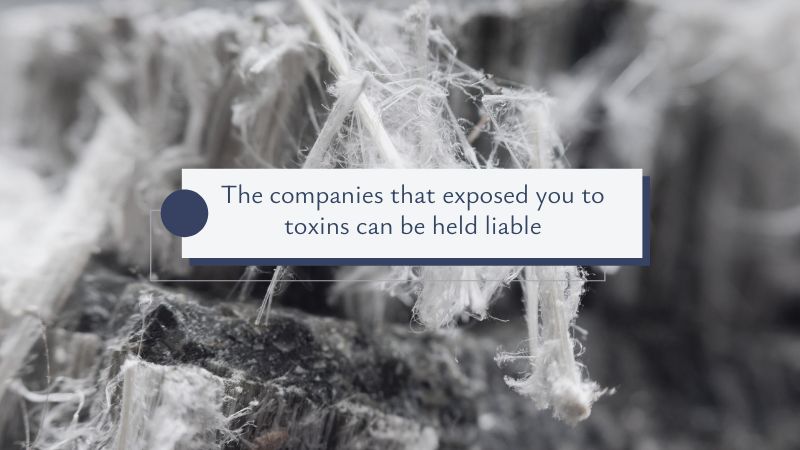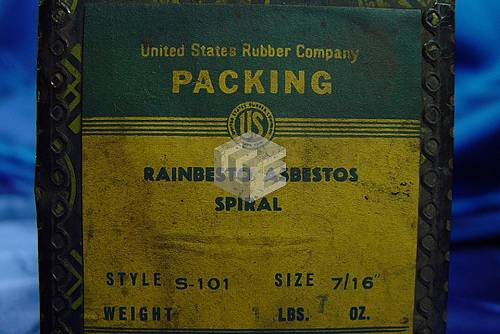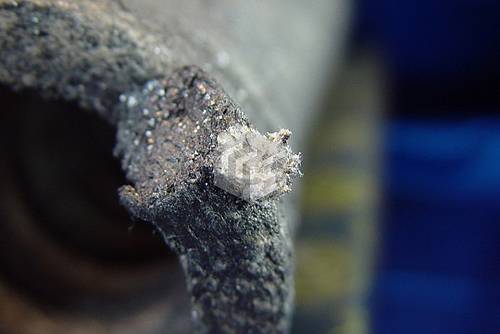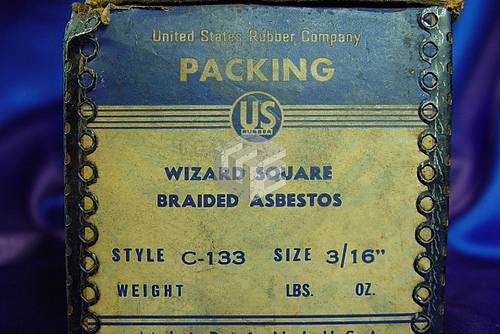Uniroyal Holding, Inc. employees exposed to asbestos
In 1922, the company began producing rubber footwear as a subsidiary of the United States Rubber Company. Four decades later, it was simply known as Uniroyal, the name under which the company hired over 10.000 employees. Without a doubt, the most popular product of Uniroyal Holding was Asbeston, a lightweight lagging cloth that was sold in large amounts to shipyards. It would often be used to repair or cover insulation.
Since it was mostly a producer of tires, which involved the use of rubber, Uniroyal Holding inevitably exposed workers to asbestos, as the mineral was essential in the manufacturing of these products. To make matters worse, the employees were exposed to additional carcinogenic agents on the job regularly, such as:
- benzene
- carbon black
- N-nitrosamines
- 1,3-butadiene
- O-toluidine
- phthalates
- polycyclic aromatic hydrocarbons
- talc
- 2-naphthylamine
Some of the processes in the rubber industry that would entail toxic exposure were curing, also known as vulcanizing, calendaring, extruding, inspection and finishing, milling, mixing, and storage and dispatch. Plenty of these processes of manufacturing rubber involved extreme heat, which is why asbestos was the go-to material to prevent burns, fires, and explosions.
Furthermore, in rubber plants, asbestos was often found as pipe insulation to protect against chemicals and intense heat. Asbestos gaskets were used for the sealing of pipes, pumps, and equipment, whereas the building materials in the facilities themselves, such as floor tiles, wall insulation, and ceiling tiles, would also contain asbestos.
Lastly, asbestos exposure would occur in rubber plants from the talc used during the molding process. Talc was often dusted on finished products to facilitate removal from the mold. Nevertheless, talc was nearly always contaminated with asbestos, as the former can be found close to the latter in the soil.
These are the occupational groups that Uniroyal Holding exposed to asbestos during the last century, whether directly or indirectly:






